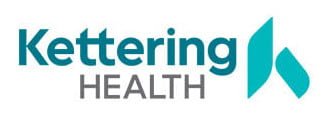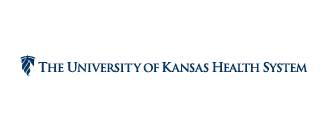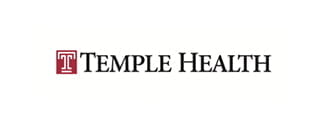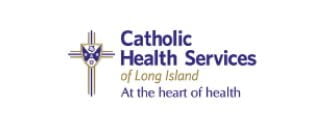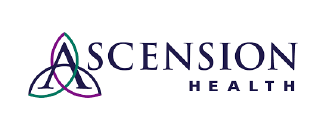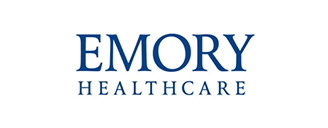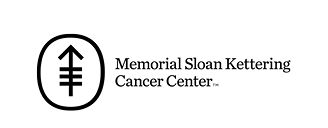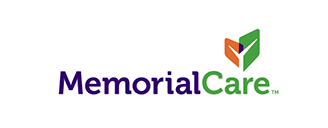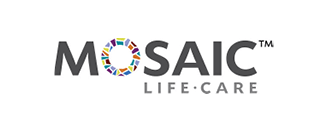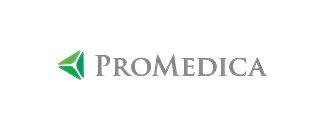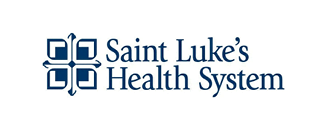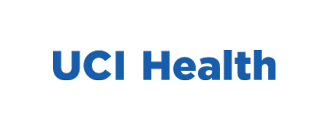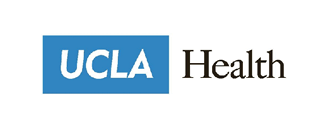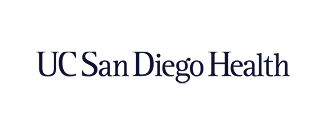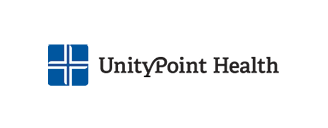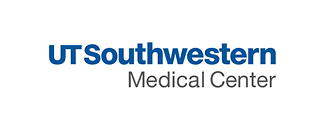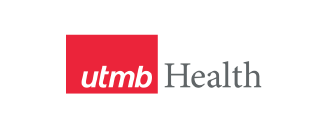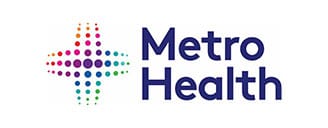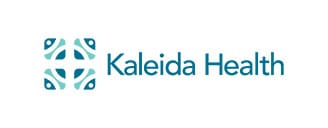Introduction
Improving environmental, social, and governance (ESG) standards is a top concern for health systems that grows more urgent each year. With major disruptions shaking the foundation of the healthcare supply chain, ESG principles can help health systems recover and build resilience into the future.
ESG encompasses every aspect of an organization from the diversity of its advisory board to ethical supply chain sourcing. In the first part of this two-part series, we dive into an overview of ESG and its value-creation potential for healthcare.
Stay tuned for the second part of this series, where we discuss the barriers and considerations for building a strong ESG strategy in the healthcare supply chain. In addition, we advocate for data collaboration to help build a forward-thinking supply chain strategy with ESG standards in mind.
What exactly is ESG?
As mentioned previously, ESG stands for “environmental, social, and governance.” ESG serves as a benchmark for companies to measure their impact on society and the environment, as well as remain accountable to improvement initiatives.
ESG has become something of a buzzword since its rise to prominence in the mid-2000’s. While initially developed to spur responsible investing, ESG principles now guide the governance of corporations, non-profits, governmental agencies, healthcare organizations, and more.
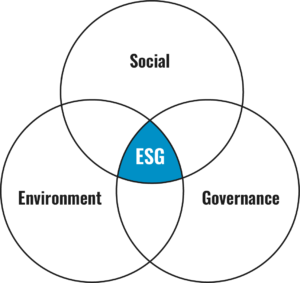
To paint a clearer picture of ESG, we break down each of its categories below:
- The environmental component of ESG encompasses all aspects related to the environment and sustainability. This includes carbon emissions, water and energy usage, greenhouse gas emissions, and more. Policies in this category aim to promote environmental stewardship, waste reduction, clean energy usage, and similar environmentally-friendly initiatives.
- Next, the social component of ESG includes the relationships that organizations have with stakeholders within their organization as well as across the supply chain and the broader community. Policies in this category center around fair labor practices, community impact, and human rights.
- Lastly, the governance component of ESG refers to the internal policies and procedures that an organization is governed by. These include transparent accounting methods, integrity and diversity of leadership, and accountability to shareholders.
It’s important to note that ESG is a comprehensive system, not just a checklist. In other words, all three of these categories often relate to and overlap with one another. For example, organizations may enact certain governance policies that pertain to sustainability and/or social initiatives and vice-versa.
The value of ESG in the healthcare supply chain
ESG reporting in healthcare is often behind that of other industries due to a lack of resources available to act on these commitments. It’s true that establishing and reporting on ESG can come with an up-front cost. However, consider that ESG can be an investment in the long-term sustainability and resilience of healthcare and its supply chain.
For example, McKinsey illustrates five essential ways that strong ESG initiatives can create value for organizations. Below we share two of these that are particularly relevant to the healthcare industry and the healthcare supply chain.
First, ESG strategies can help organizations mitigate costs through lower energy consumption, reduced water usage, and less waste. This is especially true for healthcare where excess PPE waste is a growing concern.
One example of a successful waste reduction strategy involved the transition to reusable isolation gowns at a health system in Arizona. This project produced 200,000 gowns that were reused upwards of 100 times, saving the health system $600,000 in costs.
Second, health systems that hire diverse candidates and follow fair labor practices can build stronger community and government relationships. This in turn can grant them easier access to government approvals and licenses that are critical to fostering organizational growth.
Social capital is an often-understated resource, however, a strong social ESG proposition can also help organizations attract and retain quality employees. Maintaining this commitment can further boost employee motivation and increase overall productivity and quality of care in the healthcare industry.
This is particularly important at a time when healthcare employee burnout and turnover are at an all-time high. To illustrate, one survey found that a third of healthcare employees intend to leave their job in the next year. 14 percent of those surveyed plan to leave the healthcare industry entirely. The same survey found that 46 percent of healthcare employees feel burned out “often” or “very often.”
Lastly, it’s important to note that prioritizing environmental and social impact across the supply chain—not just within the health system’s walls—is a valuable endeavor as well. Ensuring employee health and safety across primary and secondary suppliers, manufacturers, distributors, etc., all have upward benefits that directly improve the organization’s bottom lines.
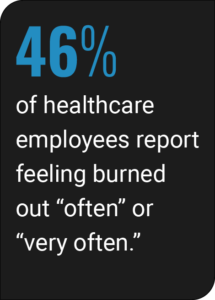
Conclusion
ESG is a widely used framework that organizations leverage to improve the sustainability, social responsibility, and governance of their business. ESG reporting in healthcare isn’t quite caught up to other industries. However, it has already proved to be a worthwhile investment that boosts environmental sustainability, employee satisfaction, and the industry’s bottom line.
Stay tuned for the second part of this series, where we discuss the barriers and considerations for building a strong ESG strategy in the healthcare supply chain. In addition, we advocate for data collaboration to help build a forward-thinking supply chain strategy with ESG standards in mind.
About VPL
We modernize clinical supply chains to support healthier patients. Our technology-driven solutions and consultative customer experience empower health systems and outpatient pharmacies to build smarter, more resilient supply chains. With over 700 hospitals and a 97% customer retention rate, we’re trusted to deliver transparency, cost savings, and peace of mind.
